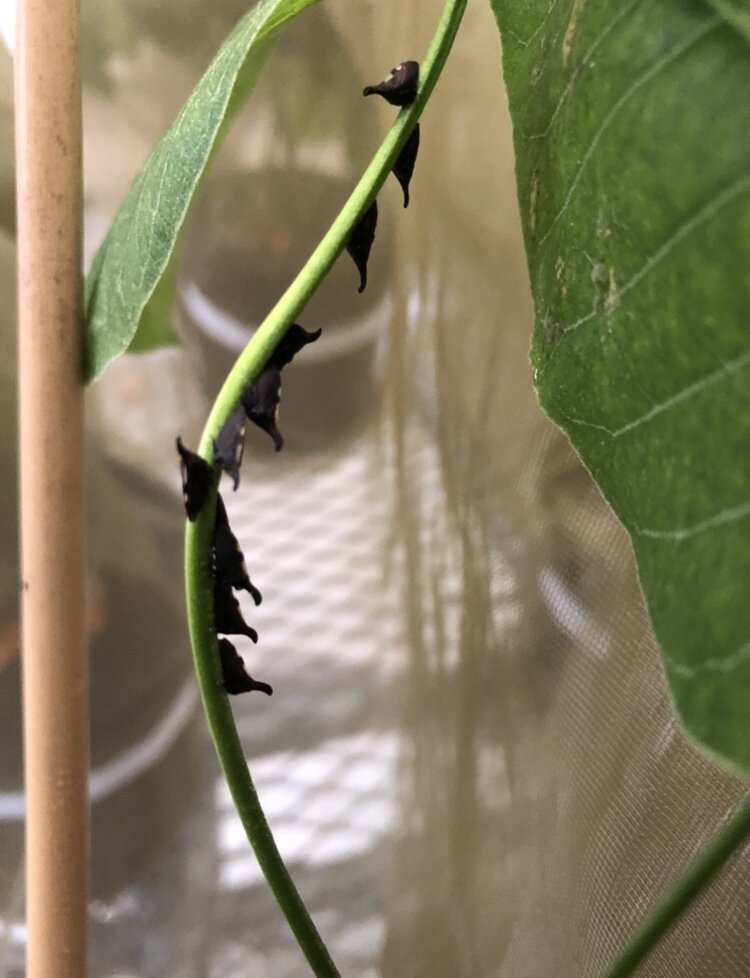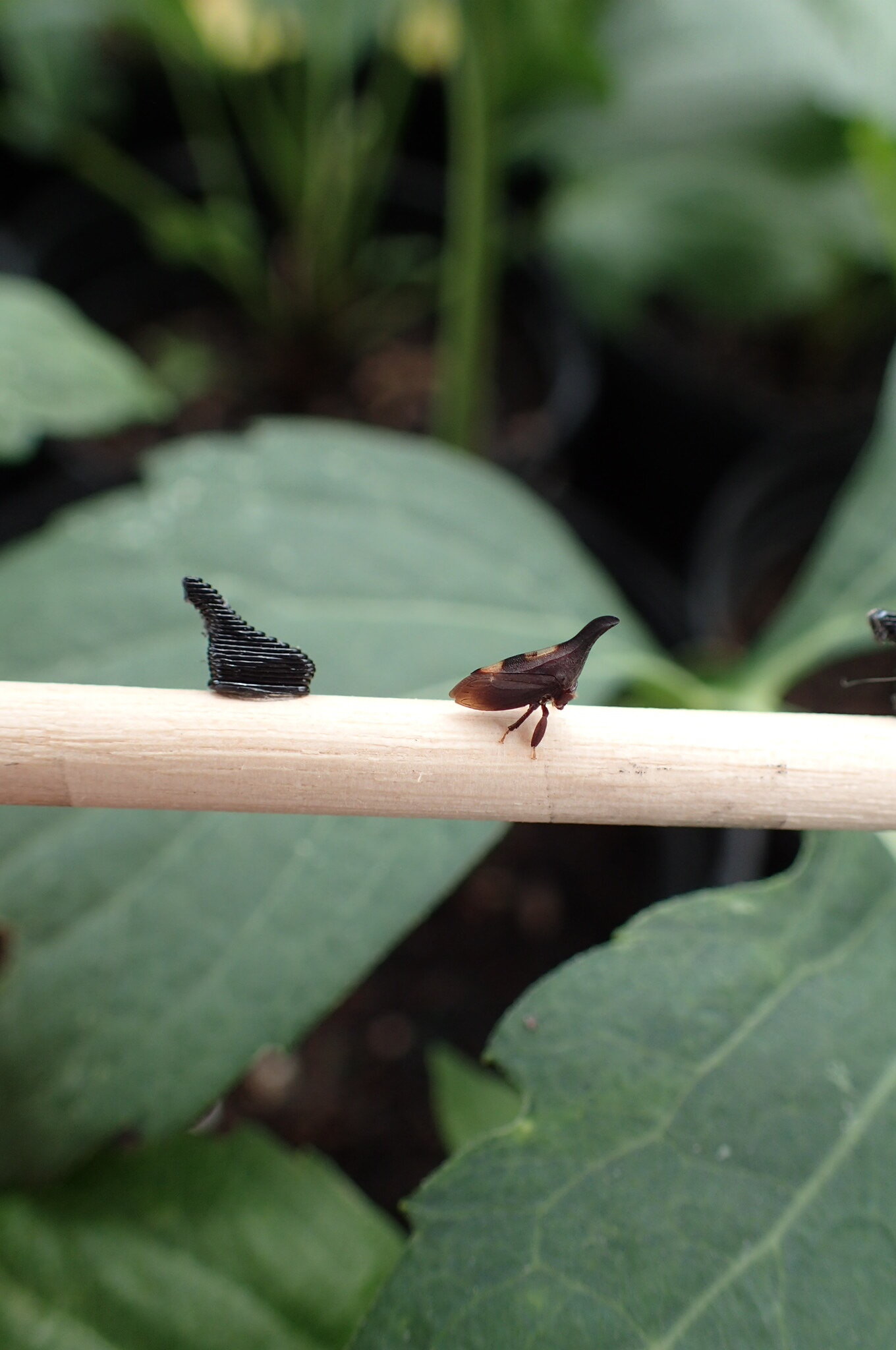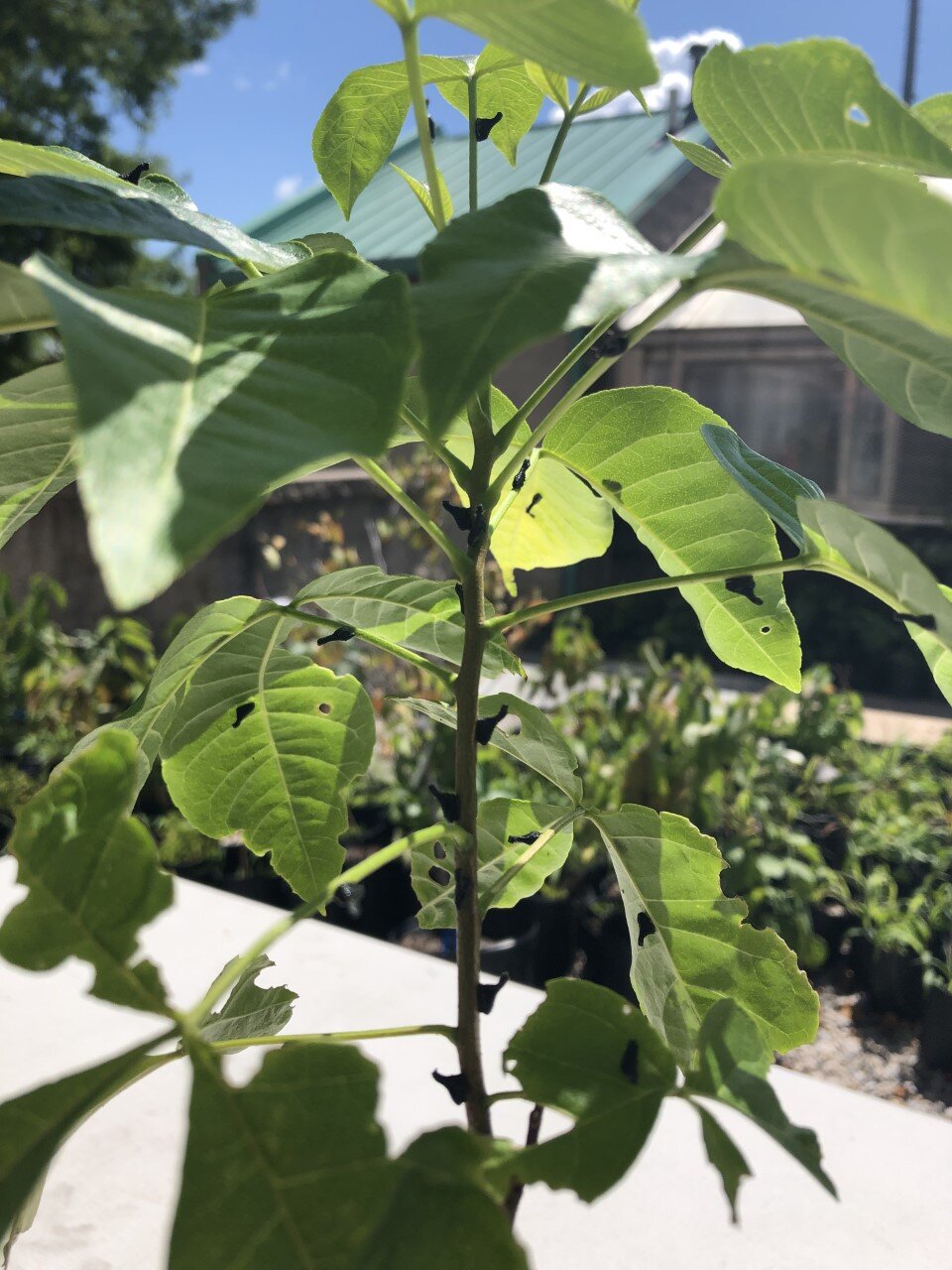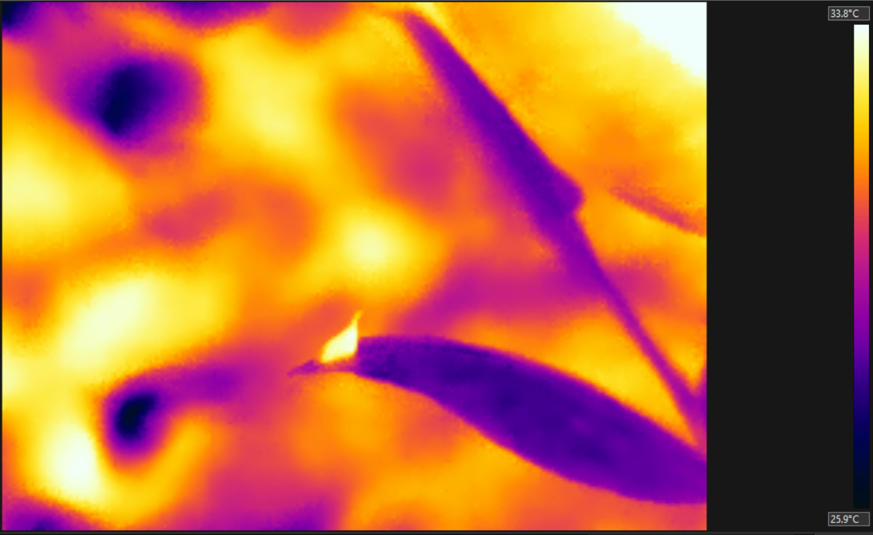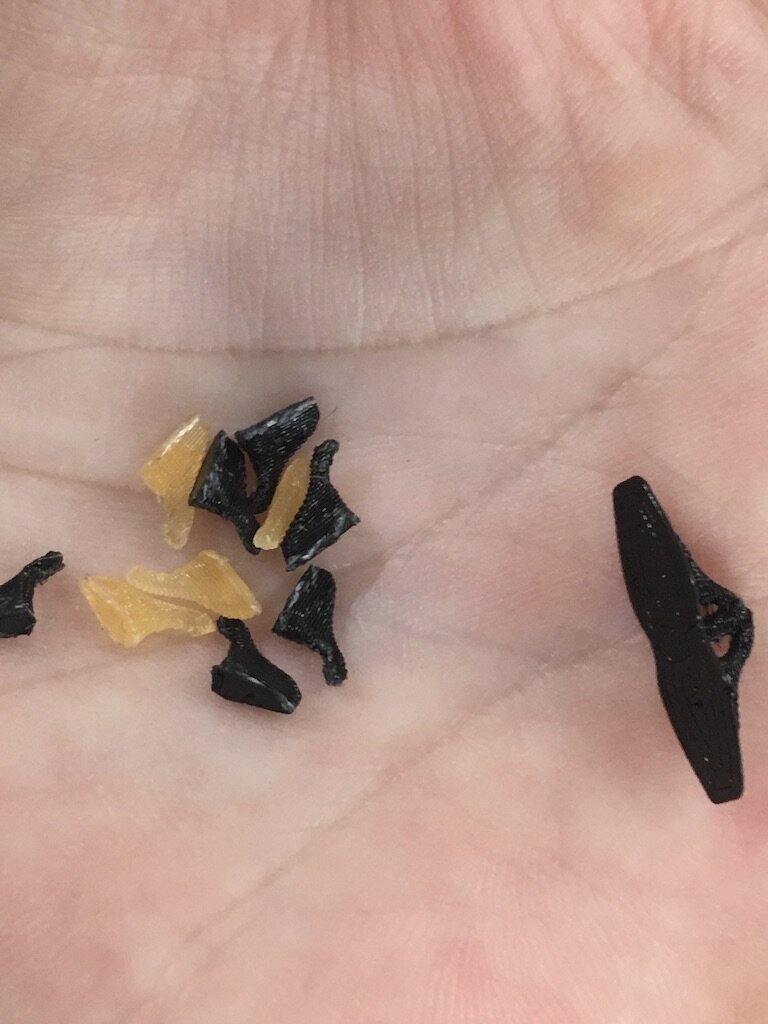Temperature variation and mating behavior in treehoppers
Global warming poses unknown challenges to the abilities of animals to attract and find suitable mates. A wide range of reproductive traits involved in sexual communication are thermally sensitive; yet, the consequences of global warming for sexual communication and other reproductive processes are vastly understudied.
Warming is likely to pose two major challenges to sexually signaling ectotherms. First, mating often occurs within a particular range of temperatures; thus, changes in thermal conditions could narrow the amount of time that temperatures fall within the reproductive window, ultimately reducing mating rates. Second, the signals that males use to attract females, and the signals that females prefer, are often sensitive to thermal conditions. When temperatures change (e.g. following global warming), males may alter the signals they produce or females may alter the signals they prefer, leading to a signal-preference mismatch (i.e. a breakdown in sexual communication).
we are using Enchenopa binotata treehoppers to determine individual and genetic variation in how mating behavior varies with temperature across a latitudinal gradient and the potential consequences for reproduction.
This study uncovers new consequences of climate change that can impact mating success and, ultimately, survival in vibrationally signaling animals (i.e. more than 90% of acoustic insects). Here we combine our temperature trials with studies that measure genetic variance in the temperature sensitivity of treehoppers, for an unparalleled look at reproductive behavior in the face of climate change.
Watch this video to discover how treehoppers converse through vibrations
Original event info: Thursday, July 20, Cliff Cave Branch of the St. Louis Library
Treehopper Communication
Enchenopa binotata treehoppers are small (~1/2 cm), plant-feeding insects that communicate using acoustic vibrations that travel throughout the plant. Vibrational signaling is the most ubiquitous form of acoustic communication in the animal kingdom (more than 90% of insects use substrate-borne vibrations to communicate within and between species).
SEXUAL SIGNALLING
Male treehoppers fly from plant to plant in search of mates, producing species-specific advertisement signals on stems when they land. These vibrations travel throughout the plant, and females detect them with mechanosensors on their legs. Interested females will respond, initiating a male-female vibrational duet that can lead to mating.
Vibrational playbacks and recordings of treehoppers
We use vibrational playbacks to “flirt” with males and females in order to discover how and why they communicate with one another!
Listen to more beautiful treehopper songs in this sound library assembled by Lewis Deitz and Matt Wallace!
Male signals (songs) and female signal preferences are sensitive to thermal conditions
Listen to differences in both male signals and female responses at different temperatures.
Results
Read about some of our results below. Stayed tuned as more work gets published!
Temperature coupling
At hotter temperatures, males sing at higher frequencies and female preferences track these changes. This phenomenon (Temperature Coupling) facilitates the coordination of mating across temperatures. Hear more about the experiment on Scientific American, or read the full article published in the Journal of Evolutionary Biology.
thermal activity curves
Reproductive thermal activity curves describe the likelihood of courtship across temperatures. Different species and sexes alter courtship activity in different ways. Here, females (solid lines) and males (dotted lines) differ in how temperature affects courtship activity in the species that lives on the host plant Ptelea trifoliata (gray lines), but not in the species that lives on Viburnum rufidulum (dark lines). Read the published article in Frontiers of Ecology and Evolution.
Ongoing temperature projects
(i) genetic and individual variation
We are investigating variation among individuals, genotypes, and populations in how temperature affects courtship. This work will help us understand the potential for evolutionary change in response to global warming.
(ii) Thermal niche use
Plants are very heterogeneous in temperature and are asking how treehoppers use their thermally-variable world using 3-D printed treehopper models and thermal imaging technology.
(iii) effects of rearing temperature
Treehoppers develop from egg to nymph to adult in the Spring, but Spring temperatures are becoming more variable. We are asking how rearing environment affects adult reproductive behavior.
Explore more projects
Harvestmen Sex
Environmental, Physiological, and Social Drivers of Mating Behavior
The harvestmen of North America exhibit high diversity in mating behavior across even closely related species. In this study, behavior is compared across species, as well as across geographically separated populations of a single species, in order to better understand the determinants and dynamics of mating behavior.
predators attack!
The physiological and behavioral ways that arthropods detect and escape predators
Attracting mates and finding food can be risky when predators are around. In this study, we explore 1) the types of "sensory cues" (e.g. sight, sound, or chemicals) that prey use to detect predation threats; 2) how individuals change their behavior when a predator is around to avoid detection; and 3) the behavioral, physiological, and physical tactics that individuals use to escape an attack.
sound art
Experience Life as an Insect in the Leaves
The Sound Art project began with a fortuitous meeting between Kasey Fowler-Finn and world-renowned sound artist Stephen Vitiello. In 2015, Kasey and Stephen developed an immersive audio exhibit that brought visitors into the depths of plant-borne sound. Today, Kasey and Stephen are developing their next exhibit, which will demonstrate how global warming may influence communication in vibrational insects.








